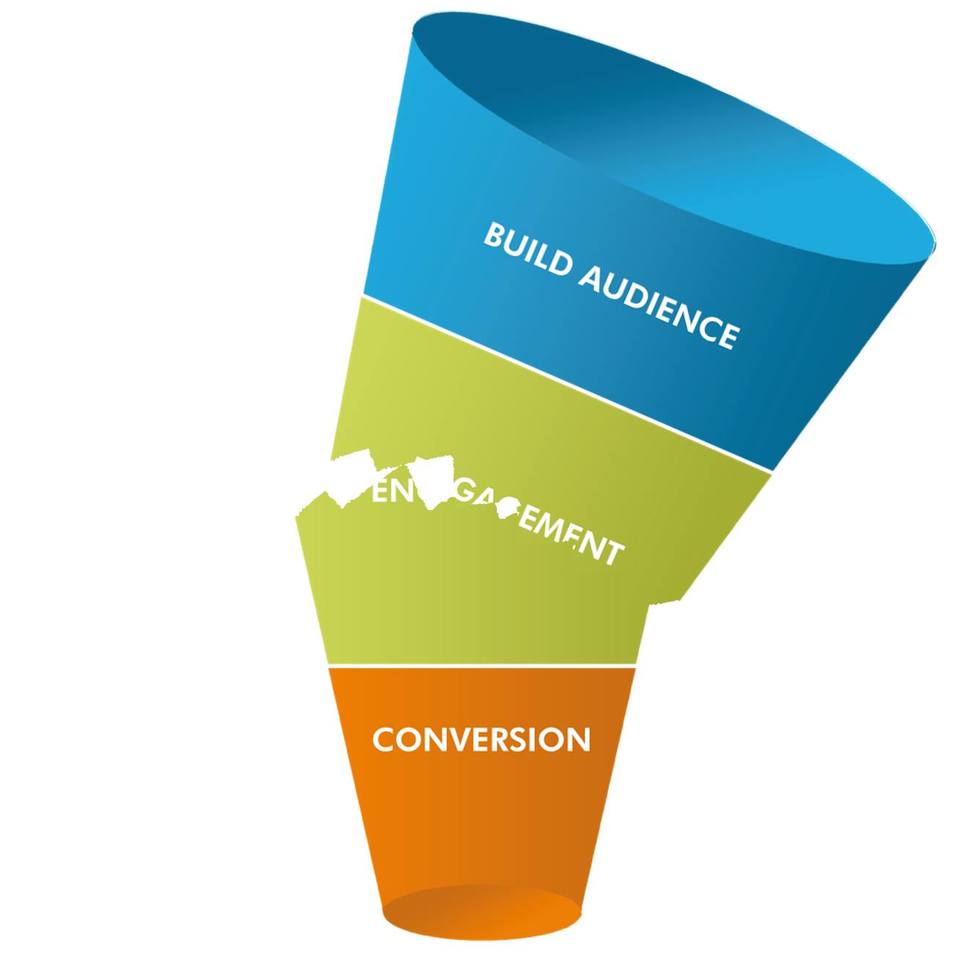Pella Windows and Doors
Pella was started from humble beginnings in the Dutch community of Pella, Iowa. Back in 1925 Pella residents Pete and Lucille Kuyper had the chance to invest in a new product that rolled up and down on home windows and jumped at the chance. This investment, along with a desire to enrich the homes and lives of others, lead the couple to start Pella.
The Pella Corporation is owned by the Kuyper family to this day. The professionally managed company has 10 different manufacturing facilities and more than 200 window and door showrooms. The team has grown to over 6,000 employees since that first investment in 1925.
Ever since the beginning, Pella has been known for its innovative products and cutting edge technology. The company has been awarded over 100 different patents for products and designs. Pella invented the first double hung window that can be washed from inside the home. The innovative window pivots so owners can clean them from the inside.
Environmentally Healthy
Pella has long considered the impact its company has on the environment and wears the badge of being an environmentally friendly company. The company has taken a comprehensive approach to environmental stewardship in a variety of ways. The company maximizes recycling opportunities wherever possible, practices responsible forest management by replacing trees that they cut down, and uses the latest in waste management strategies and makes sure that all Pella products are made to last.
The company has respected the environment since the very beginning not only because it has been good for business but because it is the right thing to do. In 1950, company founder Pete Kuyper said “We recognize our responsibilities as stewards of our natural resources and the environment, and will avoid wasteful or harmful disregard of the environmental effects of our operations.”
This deeply rooted philosophy of environmental stewardship has lead Pella to receive numerous environmental certifications and awards over the century the company has been in business. Some of these are:
ENERGY STAR
Pella is a volunteer partner in the U.S. Environmental Protection Agency’s ENERGY STAR program and is dedicated to building products with superior energy efficiency. Pella has been recognized as an ENERGY STAR Partner of the Year nine times in recognition of our commitment to delivering and promoting the use of energy-efficient products.
NFRC
As a founding member of the National Fenestration Rating Council (NFRC), Pella manufactures and promotes the use of highly energy-efficient products.
U.S. Green Building Council
As a member of the U.S. Green Building Council (USGBC), Pella encourages the use of the LEED® certification processes and offers products that can contribute many LEED points to help achieve LEED certification.
Forest Stewardship Council®
Pella has been awarded the Forest Stewardship Council (FSC) Chain-of-Custody (CoC) Certification. As an FSC certified company, Pella can offer the option of windows and doors made from wood certified* to have been harvested from well-managed forests.
Governor’s Environmental Award
In 2007, Pella Corporation was awarded the Iowa Governor’s Environmental Excellence Award for its leadership in waste management by recycling scrap wood generated in manufacturing Pella wood windows and doors.
EPA Pollution Prevention Award
In 2006, the U.S. Environmental Protection Agency recognized Pella with its Pollution Prevention for Environmental Excellence Program honorable mention award for the company’s efforts in supporting the environment through responsible manufacturing processes.
Those are just to name a few to show the Pella dedication to environmental Stewardship as the list goes on and on.
Pella: Forward Thinking
Pella creates beautiful windows that come in wood, fiberglass, or vinyl frames. Each selection comes with a distinct advantage based on how and where they will be utilized. These advantages can each be weighed in the comprehensive product selection feature on the Pella website.
Pella offers a huge selection of doors including: hinged, bifold and Multi-Slide Patio doors, Garage doors. Entry doors that come in fiberglass, steel, and wood. They also offer storm doors and garage doors that are made with the same high-quality standards as the rest of the Pella product lineup.
Pella has started to look to the future by making many of these products “smart” with their innovative Insynctive Technology.
One example of this is the Motorized Blind and Shades products. Pella’s between-the-glass blinds and shades with Insynctive technology make every day a little easier – you can raise, lower and tilt your blinds and shades from anywhere in the room with the Insynctive remote control. Or for even more convenience, control your shades with your smart device and program them to raise and lower automatically.
The Insynctive technology is also installed in several different window and door products that utilize built-in sensors that are embedded at the manufacturing level to notify owners whether windows and doors are locked and secured electronically. These electronic signals are sent to the “bridge”. The Bridge is the brain of Pella’s Insynctive smart home solutions. It connects Insynctive products to the Status Indicator or a compatible home automation system for more monitoring and control of your windows and doors. There are even smart phone home automation apps that can be utilized to control your homes doors and windows from a smartphone!
The Pella company’s products may have changed a great deal over the last century but the main idea of “enriching the homes and lives of its customers with the best products possible” has not changed since Pete and Lucille Kuyper found the company back in 1925.










 MARKET SOURCING
MARKET SOURCING AUTOMATED OUTREACH
AUTOMATED OUTREACH GENERAL REPORTING
GENERAL REPORTING